I'm taking a moment to answer some questions from my Paid Substack Subscribers!
What’s a misconception people have about your handmade knives or the art of knifemaking?
One big misconception is that my handmade knives are purely decorative or too delicate for everyday use.
People sometimes think of them as ‘showpieces’ instead of tools.
But a well-made knife is meant to be used—it’s designed to work hard and last a lifetime. A good knife marries beauty with function, and it should feel like an extension of your hand, whether you’re a professional chef or a home cook.
Tell us about the most challenging knife you’ve ever made—what made it difficult, and how did you overcome the challenges?
One of the more challenging knives I’ve made lately was the Mosaic Damascus Chef Knife, 'Infinite Portal No. 1.' Creating the intricate patterns in the steel took over 100 hours of work. The process is painstaking because everything has to be aligned perfectly, and one misstep can ruin the entire piece. Overcoming those challenges took a lot of patience and an obsessive attention to detail. In the end, it was worth every second—the knife tells a story through its patterns, and it’s one of the pieces I’m recently proud of. The auction and sale of this Chef Knife will help fund the initial stages of producing a hardcover book. People have been asking me for years for a book about my processes, so I’ve gotten started. Over the past six months, I’ve been outlining, cataloging, and drafting, and this auction marks the exciting first step toward bringing the book to life. The book will chronicle my journey as a maker, featuring beautiful photos, personal stories, and behind-the-scenes insights from Phillips Forged and Primeaux Kitchen Knives. It will provide an intimate look into the world of knifemaking and the passion that drives me forward.
What’s something people don’t realize about the amount of work that goes into forging a single knife?
Most people don’t realize just how many steps are involved. From purchasing and selecting the right materials to shaping, heat-treating, grinding, polishing, and honing the blade, it’s an intricate process that requires both skill and patience. Every knife I forge and sell pays for the next one. It’s a cycle that I’ve been in for a while, but it is my passion.
Every part of the knife, from the blade to the handle, has to be crafted with precision. A single mistake can set you back hours or even days, and that’s before we even talk about the time it takes to perfect the details.
How did becoming a Forged in Fire champion change your career, and what was the most memorable part of that experience?
Winning Forged in Fire opened so many doors for me. It brought attention to my work and helped me connect with new friends in the knifemaking community.
The most memorable part was the pressure—working under the clock in front of the cameras pushed me to my limits, but it also reaffirmed that this is what I’m meant to do. It was the ultimate test of my skills, and coming out on top validated the years of hard work I’d put into my craft. What really put me on the map, though, was a chance meeting with Chef Sean Brock. Here is the Instagram post that set off my career.
When you’re forging a new knife, what elements do you pay the most attention to in the design process?
I’m always focused on balance and ergonomics first. A knife has to feel right in the hand. I think about the user’s grip, how the blade will cut through different ingredients, and how the weight is distributed. I also obsess over the cutting edge—making sure it’s razor-sharp but durable. And finally, there’s the artistic side. The handle material, the blade pattern, everything has to come together visually without sacrificing functionality.
What drives your passion for combining old-world techniques with modern technology in your knives?
There’s something deeply satisfying about the old-world techniques of forging and working with Damascus steel—it connects me to a long tradition of craftsmen. But modern technology allows me to push boundaries and experiment in ways that would have been impossible in the past. My passion is rooted in the belief that I can pay homage to time-honored traditions while simultaneously pushing the boundaries of innovation. I am dedicated to striking a harmonious balance between the timeless artistry of ancient craftsmanship and the exacting standards of cutting-edge precision. This pursuit fuels my creativity and propels me to continually explore new possibilities at the intersection of tradition and modernity
How do your roots in Appalachia influence the knives you create today?
Growing up in Appalachia, I’ve always had a deep connection to nature and the land. That connection inspires the materials I use and the rustic, yet refined style of my knives. I often source local woods for handles, and I bring a bit of that Appalachian soul into every piece. There’s a simplicity and honesty to the craft here, and that’s something I try to embody in my work.
What does it feel like when you see a chef or customer using one of your knives for the first time?
It’s an incredible feeling. There’s a sense of pride, but also humility. I’ve spent hours, days, even weeks crafting this tool, and seeing it being used in the kitchen makes all the hard work worth it. When a chef tells me that my knife has changed the way they cook, it’s the highest compliment I could ever receive.
What’s one thing you want people to remember about your work, long after they’ve picked up your knife?
I want them to remember the moment in time the knives represent. Like a time capsule. I also hope they recognize the craftsmanship and the passion that went into creating each piece. My hope is that every knife I forge becomes a trusted companion in the kitchen, a tool that feels just right in the hand. I want my knives to carry a legacy of quality, something that stands the test of time and reminds people that true craftsmanship is still alive and well.
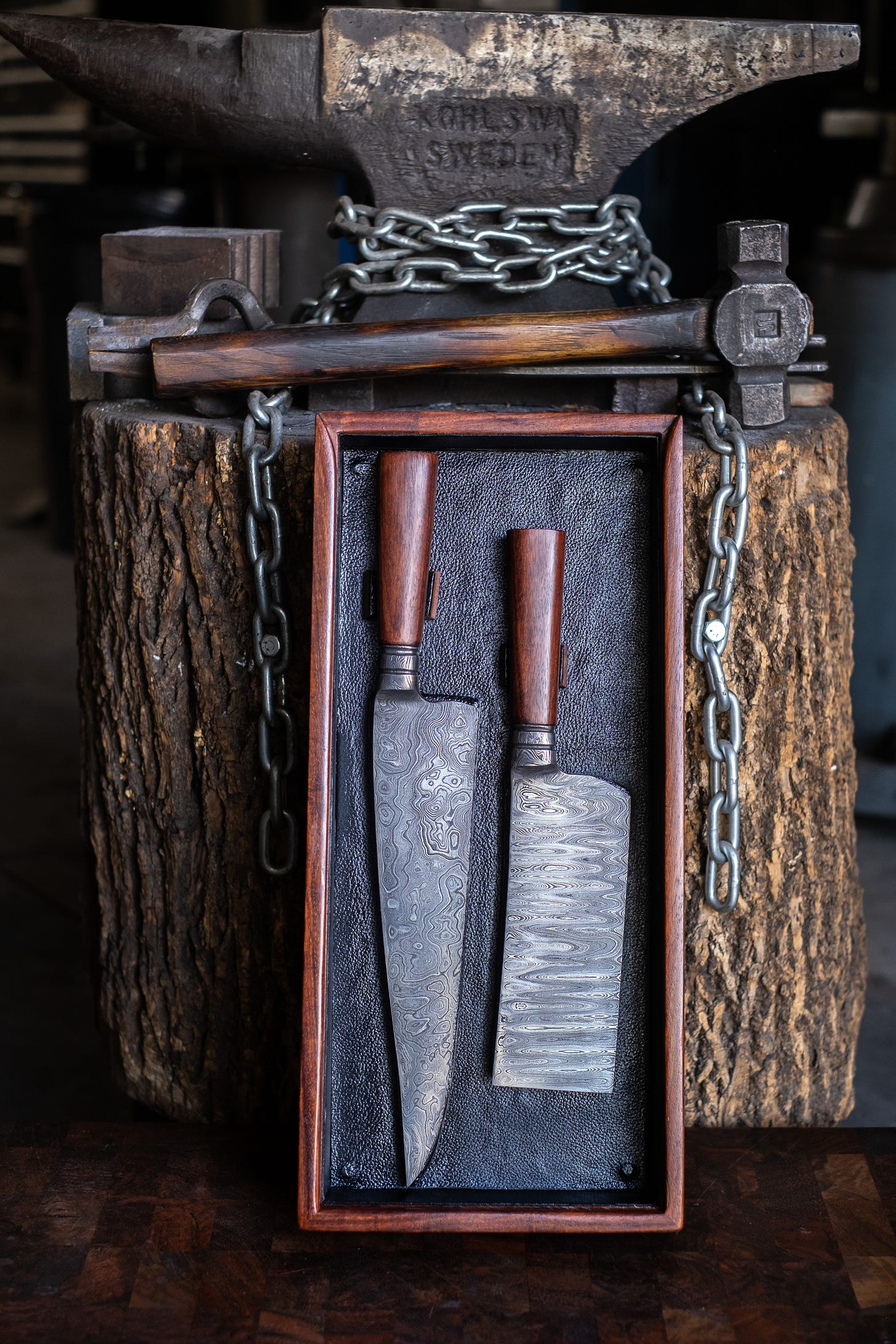
I think your knives are simply too expensive; they're nice, though.
Will you ever make a cheaper knife?
I get where you’re coming from—and I actually get this question a lot.
If you're familiar with the history of American-made manufacturing, you know that it’s extremely difficult to compete with the low prices of mass-produced goods made with cheap labor abroad. In the U.S., our focus is on quality, craftsmanship, and ethical labor practices, which naturally come with higher costs. Every knife I create is made by hand, using premium materials, and crafted with meticulous attention to detail. This level of care simply can’t be replicated in factories where goods are produced quickly and inexpensively. While my prices may be higher than what you’d see for mass-produced items, what you’re investing in is a product that’s built to last, with a story behind it, and a commitment to supporting American craftsmanship and fair labor.
The truth is, most people don’t want a cheap knife.
They want a good knife that lasts a long time.
After being asked, “Will you ever make a cheaper knife?” by many different people for about a year, I conducted an experiment to test this idea.
I hosted a 'Design your Own' knife event on my website, offering my knives at a significant discount, but it didn't go well. No orders came in. I kept the platform up for a month. The next month, I handcrafted some unique, one-of-a-kind knives and priced them at least 30% higher than the initial designer platform offer.
They all sold out.
This experience showed me that even though people may say they want something fast, cheap, and readily available, the numbers tell a different story.
In reality, no one really wants that.
So, if you want a cheap knife, you can head to any big box store any day of the week and find a plastic and ceramic-coated blade that will effectively ruin your tomatoes and cutting board and become dull in a matter of a week.
My knives are a significant investment, and I’m proud of the craftsmanship, materials, and time that go into every piece.
Ultimately, I believe that each knife tells a story, and it’s important to me that everyone who owns one feels connected to that story, whether it’s a custom piece or a more affordable production knife. The value comes not just from the knife itself but from the care and creativity that went into making it.
That being said, I don’t view high pricing or “cheap knives” as goals.
For me, money is just a tool that allows me to continue creating and pushing the boundaries of my craft.
I’m not yet a highly profitable business because I prioritize quality and the artistic journey over profit margins.
If you think my knives are expensive, then I suggest you check out Cas Knives and Bob Kramer’s Knives.
As an artist, I’ve come to realize that I often undercharge for my work.
The time, craftsmanship, attention to detail, and rare materials that go into each piece are considerable, and I’m working on adjusting my pricing to better reflect that. It’s important to me that my prices are fair, not only to my customers but also to the value of the artistry and effort involved. I aim to ensure that my pieces are priced in a way that honors the work that goes into them.
Each knife I make is designed to last a lifetime, and the high quality comes with a price. The cost of materials and production expenses continues to rise.
I think it’s important to understand that not everyone is looking for a custom knife. That’s why I’ve created my production line, Primeaux Kitchen Knives.
These knives are still handmade, but the process is streamlined to make them more accessible without compromising on the quality or performance I’m known for.
So while I’ll always offer high-end, custom pieces for those seeking something truly unique, my production knives provide a more affordable option without losing what makes them special. At the end of the day, I want as many people as possible to experience the difference a well-crafted knife can make in the kitchen.
I hope that answered all of your questions!
If you have been dying to ask me the tough questions, please comment on this post or reply to this message, and I will answer them in a future post!





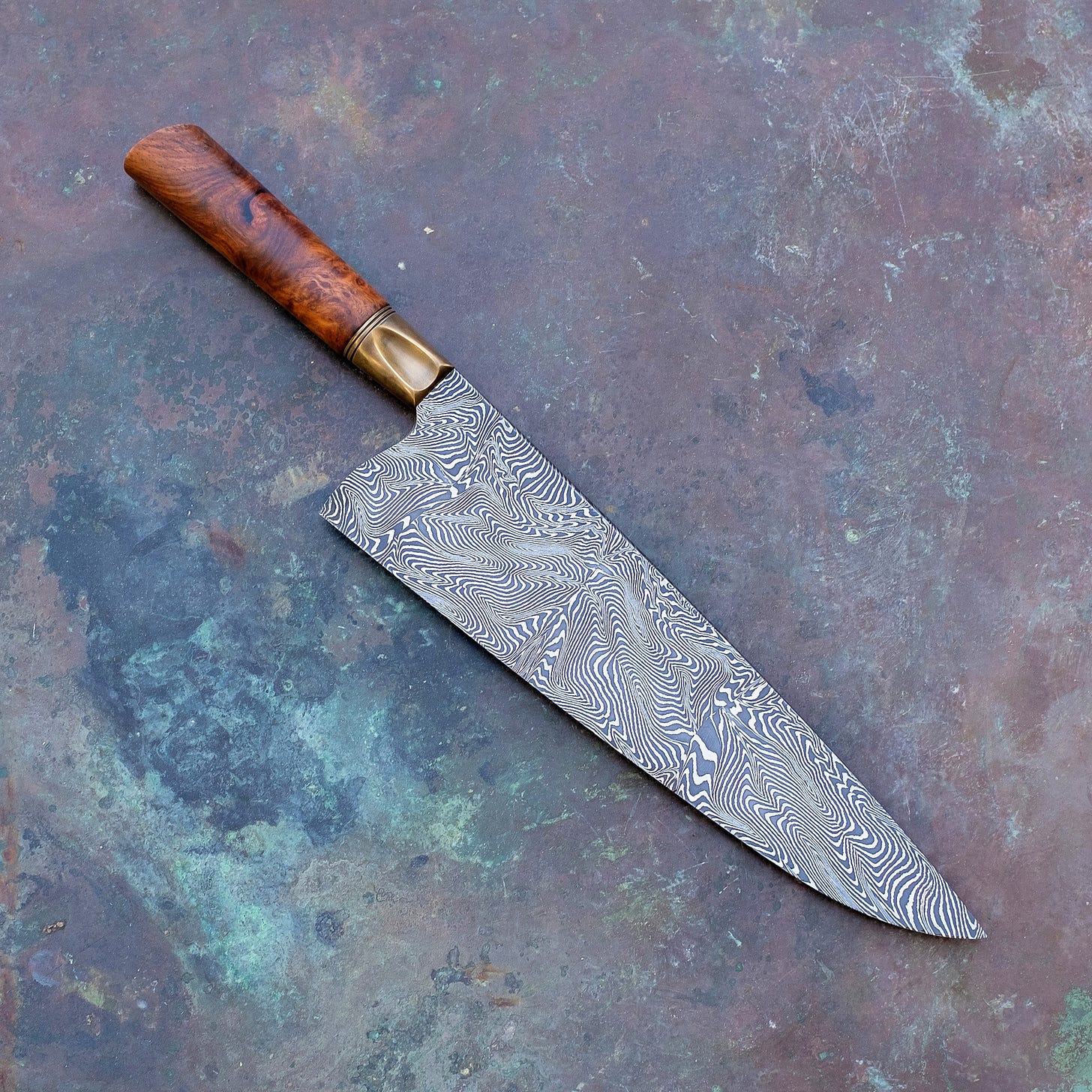
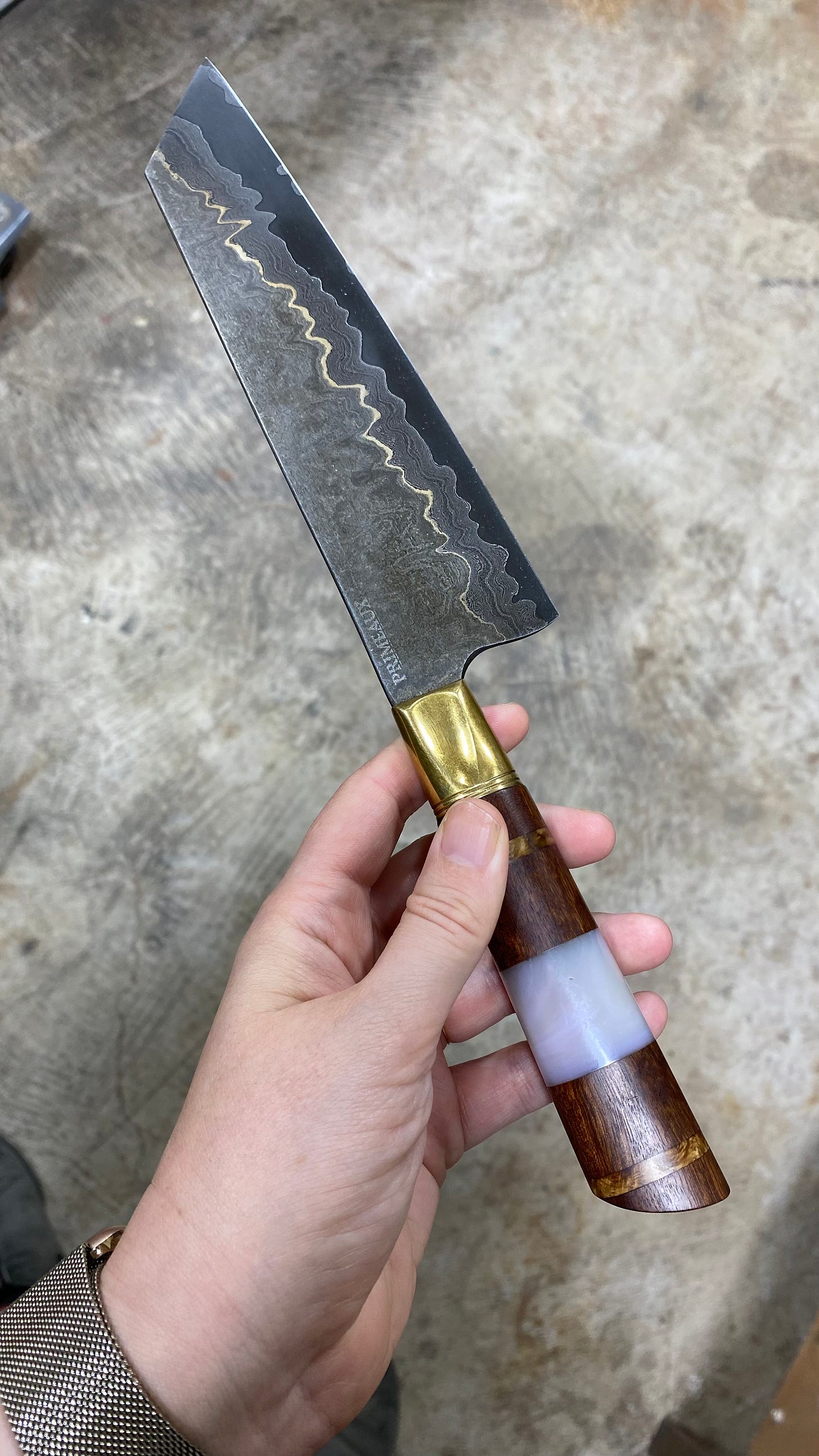
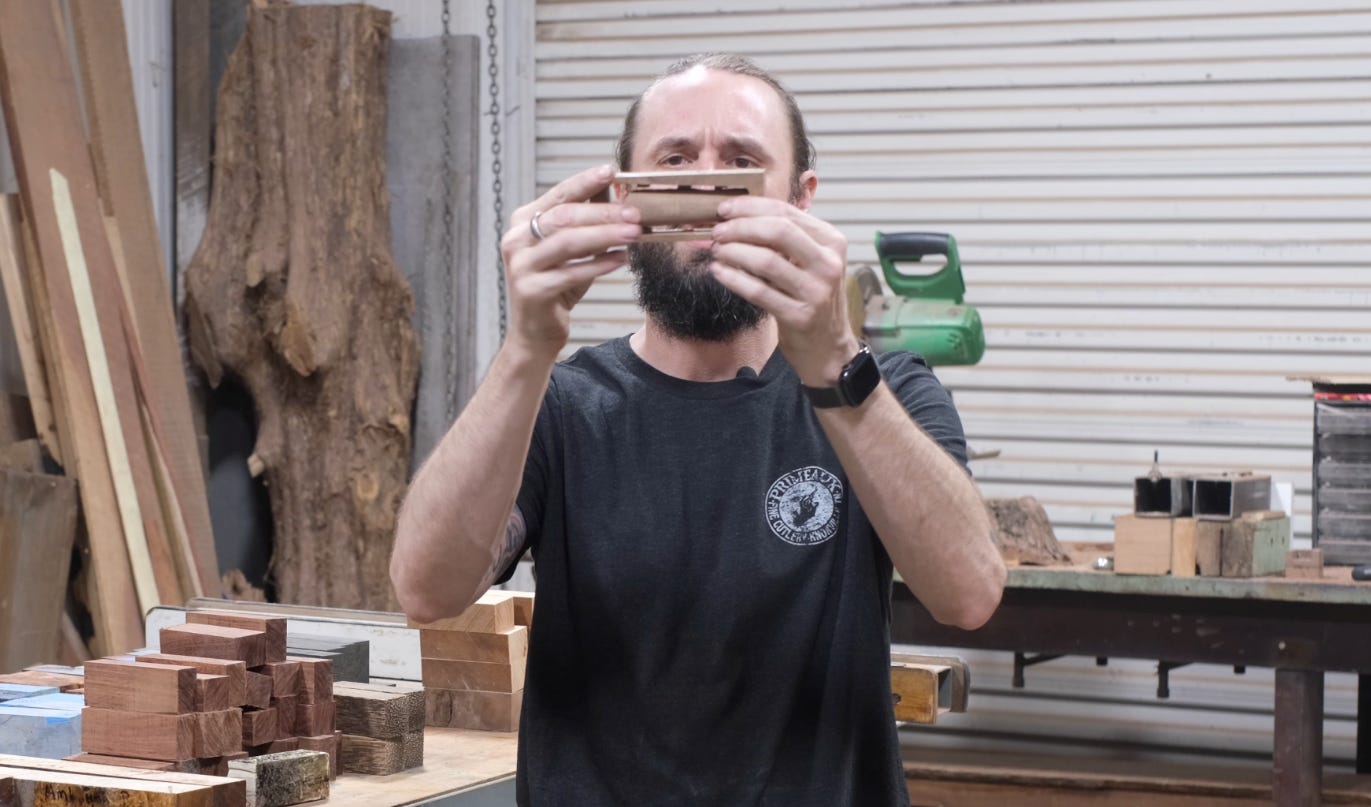
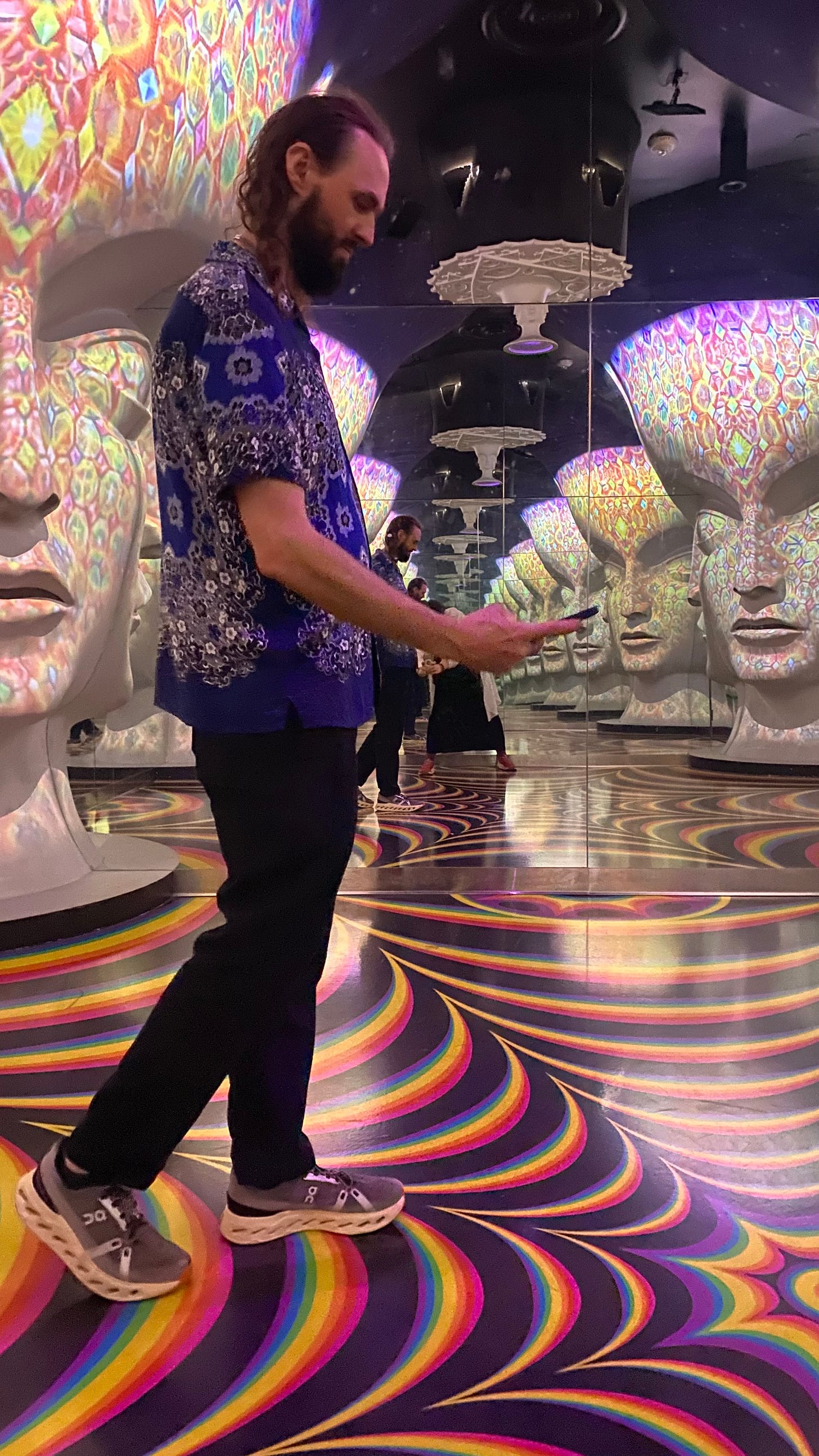
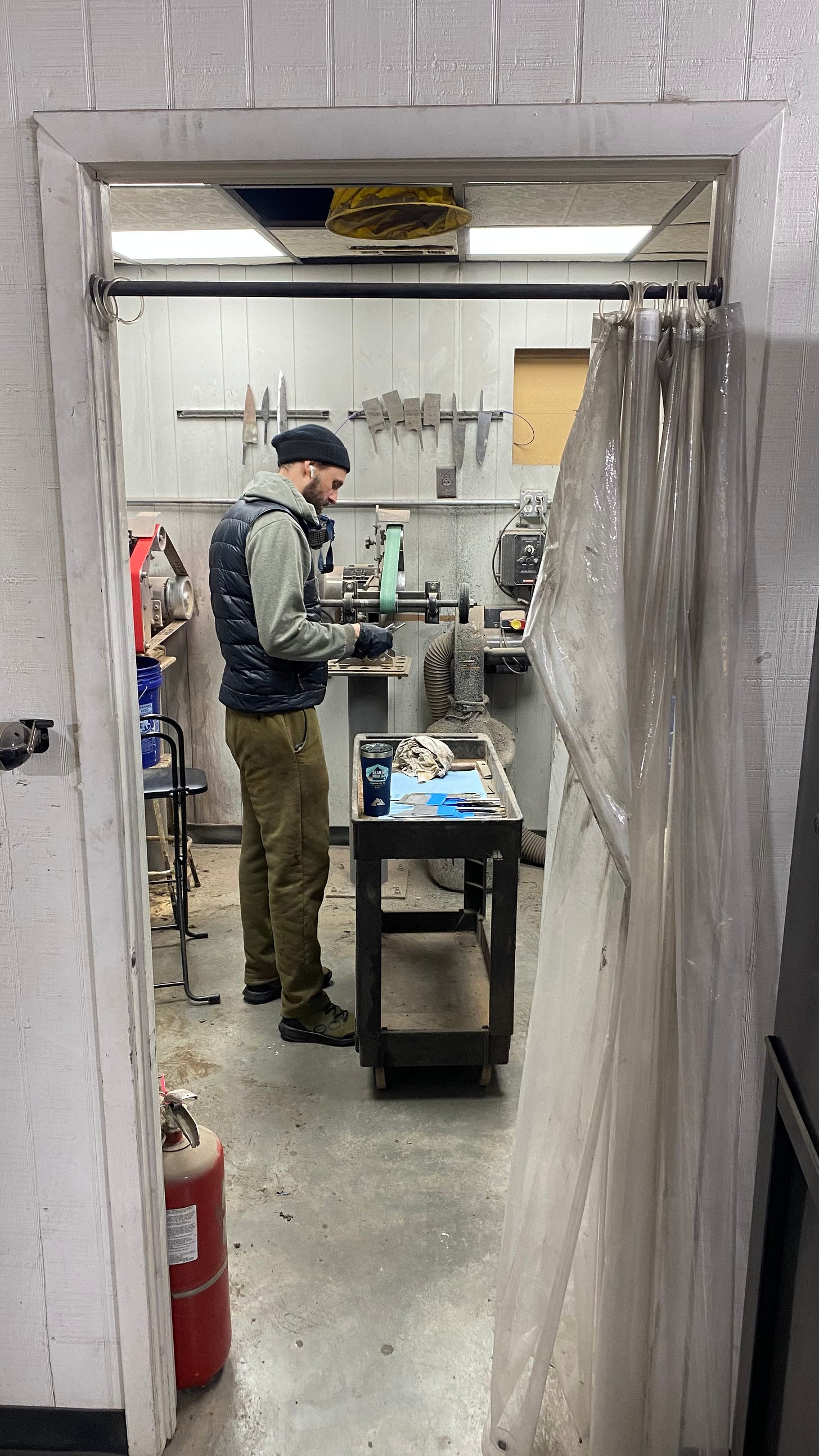

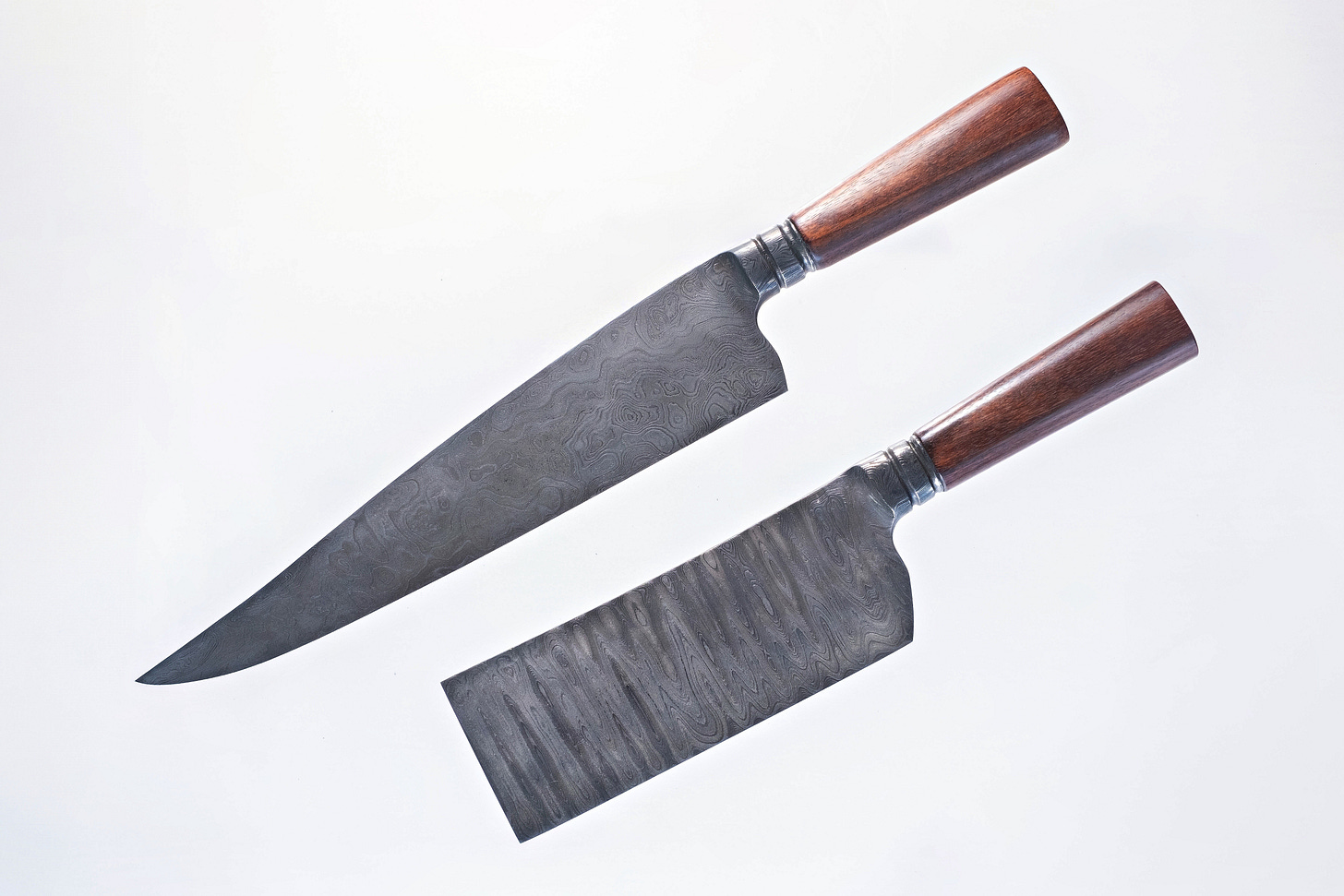

For John's process mentioned in question #3, here's a detailed shop tour I did with him!
https://youtu.be/Ghgr_YpwR1c?si=jeEFzIjDMlowtTnL